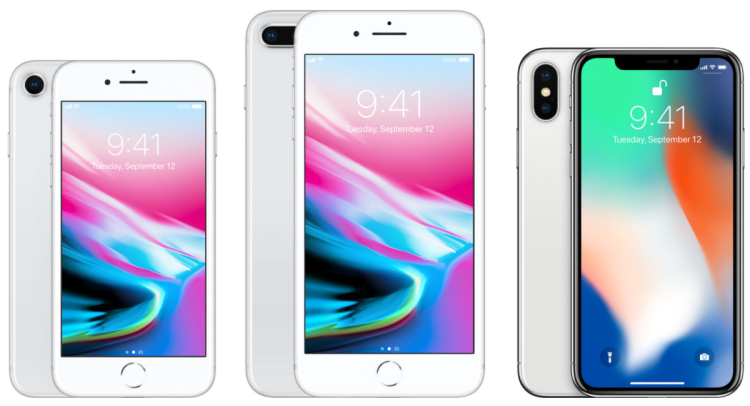Having discontinued its smallest and most affordable iPhone last year, Apple is reportedly planning a somewhat different strategy for its next small device: a refresh of the iPhone 8 with a next-generation A13 processor. That’s the latest word from Taiwan’s Economic Daily News, which claims Apple will use an “old bottle, new wine” strategy for the iPhone in a test of customers’ brand loyalty.
As of today, the iPhone lineup consists of the iPhone 7 and 7 Plus on the low end, followed by the iPhone 8 and 8 Plus in the middle, the iPhone XR as a near-flagship, and the iPhone XS and XS Max at the top. If Apple follows its standard pattern, the iPhone 7 devices will disappear in September 2019, leaving the 4.7-inch-screened iPhone 8 as the smallest device in the lineup through 2020.
According to the report, Apple will refresh the iPhone 8 with this year’s A13 processor in early 2020, enabling the 2017 model to remain technologically competitive while repositioning it as a mid-range rather than low-priced device. Previously, Apple refreshed the 2013-vintage iPhone 5S as the 2016 iPhone SE, enabling a niche group of customers to keep using a smaller 4-inch screen while enjoying a faster processor, improved camera, and extended battery life.
A second report from Taiwanese supply chain publication DigiTimes expands upon the claims, suggesting that the device will ship in March 2020 with 128GB of memory for $649. The iPhone 8 currently comes in only 64GB and 256GB capacities, with $599 and $699 price tags that would likely drop this September.
June 5th: The AI Audit in NYC
Join us next week in NYC to engage with top executive leaders, delving into strategies for auditing AI models to ensure fairness, optimal performance, and ethical compliance across diverse organizations. Secure your attendance for this exclusive invite-only event.
While the Economic Daily News is seemingly sour on the idea, describing both the iPhone SE and updated iPhone 8 as lacking in innovation, the premise behind both phones appears to be the same: continuing to service demand for smaller devices despite broader market shifts toward larger screens. Keeping small devices stale has seemingly enabled Apple to focus most customers’ interest in larger phones with higher price tags, a trend that has pushed up the average selling prices of iPhones — and Apple’s profits — while many competitors have suffered on both fronts.
Whether Apple actually follows this strategy remains to be seen. The company is expected to release its first 5G iPhones in 2020, now powered by Qualcomm modems rather than Intel parts, and is rumored to be working on flagship devices with 5.42-, 6.06-, and 6.67-inch displays. A 4.7-inch revised iPhone 8 would fit comfortably below these models, which would presumably launch next year with faster A14 processors.

